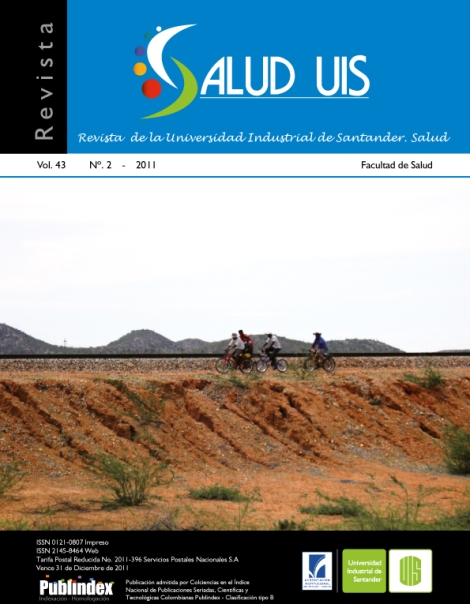Resumo
ABSTRACT
Introduction: Aspergillus fumigatus is most commonly associated to invasive aspergillosis. Strong antifungal activity against A. fumigatus of L. origanoides essential oil gives a new added value to this natural product from Boyacá-Colombia.
Aims: The increase in fungal infections, the development of resistance and toxicity of wide-spectrum antifungals have led to a constant search for therapeutic alternatives. The chemical composition, antifungal and cytotoxic activity of nine essential oils obtained from L. origanoides were evaluated and the relationship between the antifungal activities of the oil and of its major components were explored.
Methods and Results: Antifungal activity was determined following the protocols AFST-EUCAST for Candida krusei and C. parapsilosis, and CLSI-M38A for Aspergillus fumigatus and A. flavus. The GC-MS analysis identified three chemotypes: thymol, carvacrol and p-cymene/trans-beta-caryophyllene. The essential oil of the thymol chemotype was the most active in antifungal assays with MIC values of 157.5, 198.4, 125 and 31 μg ml-1 against C. parapsilosis, C. krusei, A. flavus and A. fumigatus, respectively. The major components carvacrol and thymol were not active against A. fumigatus at concentrations below 157.5 μg ml-1. In general, the oils were not cytotoxic.
Conclusions: The essential oil of the thymol chemotype of L. origanoides from the region of Boyacá-Colombia showed the highest antifungal activity against A. fumigatus among all the oils and major components tested. Salud UIS 2011; 43 (2): 141-148
Keywords: Lippia origanoides, essential oil, antifungal activity, cytotoxicity, monoterpenes
RESUMEN
Introducción: La infección por el hongo Aspergillus fumigatus está más comúnmente asociada a la aspergilosis invasiva. La fuerte actividad antimicótica del aceite esencial deL. origanoides contra A. fumigatus ha dado un nuevo valor agregado a este producto natural de Boyacá-Colombia.
Objetivos: El aumento de las infecciones por hongos, el desarrollo de la resistencia y la toxicidad de los antifúngicos de amplio espectro han llevado a una constante búsqueda de alternativas terapéuticas. En este estudio fueron evaluados la composición química, la actividad antifúngica y citotóxica de nueve aceites esenciales obtenidos de L. origanoides; y la relación entre la actividad antifúngica de los aceites con respecto a la presencia de sus principales componentes.
Métodos y Resultados: La actividad antifúngica se determinó siguiendo los protocolos AFST-EUCAST para Candida krusei y C. parapsilosis; y CLSI M38A para Aspergillus fumigatus y A. flavus. El análisis por GC-MS identificó tres quimiotipos: carvacrol timol y p-cymene/trans-beta-caryophyllene. El aceite esencial del quimiotipo timol fue el más activo en los ensayos antifúngicos con valores de MIC de 157,5, 198,4, 125 y 31 mg ml-1 frente a C. parapsilosis, C. krusei, A. flavus y A. fumigatus, respectivamente. El carvacrol y el timol, los principales componentes, no fueron activos frente a A. fumigatus en concentraciones inferiores a 157,5 g / ml-1. En general, los aceites no fueron citotóxicos.
Conclusiones: El aceite esencial de L origanoides, quimiotipo timol, de la región de Boyacá-Colombia presentó la mayor actividad antifúngica frente a A. fumigatus entre todos los aceites evaluados; igualmente, sus principales componentes fueron los más activos en comparación a los otros quimiotipos. Salud UIS 2011; 43 (2): 141-148
Palabras clave: Lippia origanoides, aceite esencial, actividad antifúngica, citotoxicidad, monoterpenos
Se autoriza la reproducción total o parcial de la obra para fines educativos, siempre y cuando se cite la fuente.
Esta obra está bajo una Licencia Creative Commons Atribución 4.0 Pública Internacional.
